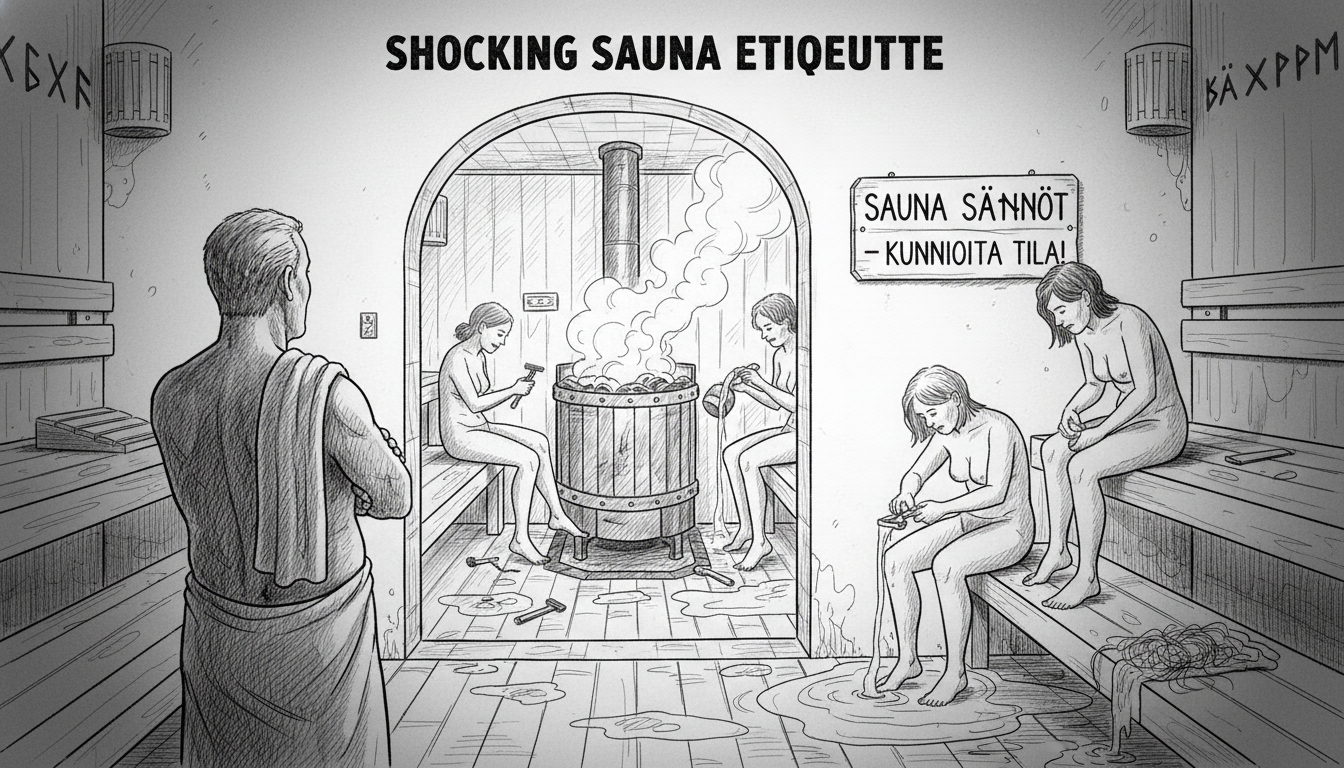A Finnish sauna entrepreneur is speaking out about the disturbing habits some customers leave behind in public bathing facilities. Katariina Kuusisto, who operates Katismaa Saari in Säkylä, says she regularly encounters situations that test her patience and challenge basic hygiene standards.
Kuusisto reports finding trimmed nails, hair clumps, and personal care products scattered throughout her sauna complex. Customers shave their body hair in shower areas and leave used nicotine pouches and bandages behind. Some even enter the communal hot tub without showering first, contaminating the water for other visitors.
These unhygienic practices create both maintenance challenges and potential revenue loss for small business owners. When customers have negative experiences due to poor facility conditions, they may not return. They might also share their disappointing experiences with friends, creating wider reputational damage.
Kuusisto began noticing these patterns after becoming a sauna entrepreneur several years ago with her partner Eero Siloranta. The couple operates a restaurant, sauna, and ice swimming facility in central Säkylä. She recently decided to address the issue publicly through social media reminders about proper sauna etiquette.
The situation highlights a broader challenge facing Nordic wellness culture. Public saunas have long been cherished community spaces where cleanliness and consideration for others remain paramount. Traditional Finnish sauna culture emphasizes ritual purification and mutual respect among bathers.
Why are these basic standards breaking down? Kuusisto wonders if increased individualism plays a role. Some customers might think 'I paid for this service so I can do whatever I want.' They prioritize personal convenience over the experience of the next person using the facilities.
Different age groups exhibit different problematic behaviors according to Kuusisto's observations. Younger customers often enter saunas without removing makeup while older clients more frequently shave in inappropriate areas. Both behaviors create cleaning challenges and potential hygiene issues.
The financial impact extends beyond immediate cleaning costs. When warm water tanks empty because showers are left running, subsequent customers face cold showers. When hot tubs become contaminated with lotions or oils, they require immediate draining and refilling. These operational disruptions affect customer satisfaction and business viability.
Kuusisto emphasizes that most customers behave appropriately. The problem stems from a small minority whose actions disproportionately affect the experience for everyone. She encourages visitors to bring their own sauna slippers and sitting towels for added hygiene assurance.
This situation reflects wider tensions in Nordic service culture. As public facilities face increasing maintenance challenges, operators must balance accessibility with sustainability. The traditional honor system that once governed sauna behavior appears to be weakening in some communities.
Local entrepreneurs like Kuusisto continue advocating for respectful use of shared spaces. They remind visitors that these facilities serve entire communities, not just individual users. Proper sauna etiquette ensures everyone can enjoy these culturally significant spaces for years to come.

